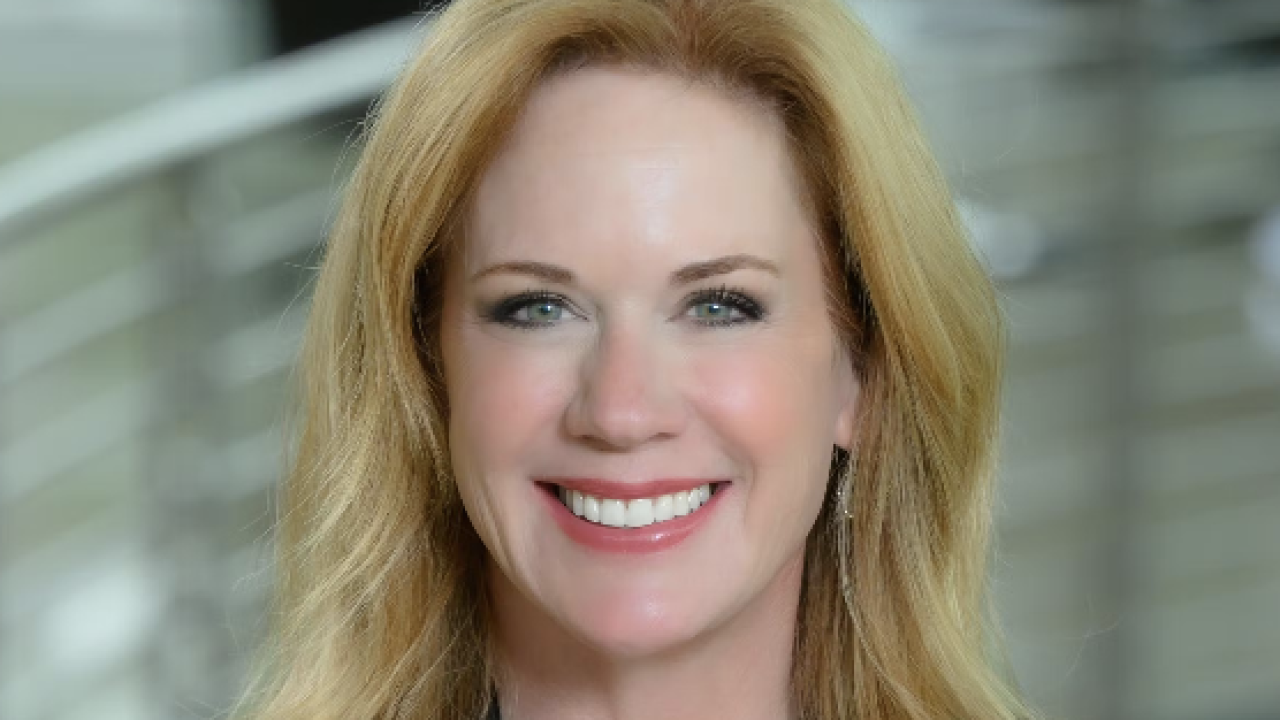
Independent mortgage originators want to return to home equity lending, but a variety of factors are likely to shut them out for an extended period.
While that is good news for their bank rivals, it is clearly bad news for the independent, nonbank players as they seek alternative sources of income.
The refinance business has diminished as expected, and the home purchase business has not stepped up to replace it. Home equity lending once again looks to be the hot
"It looks promising," said Keith Gumbinger, the vice president of HSH.com in Foster City, Calif., but, "there are hurdles for getting back into that market easily."
New consumer protection rules and varying state requirements present special burdens for the mortgage firms. Banks have certain advantages over them, too, such as greater flexibility in funding and the ability hold mortgages on balance sheet to manage interest rate risk. Moreover, even the possibility of partnerships between mortgage firms and banks is challenged by the lack of standardized products and concerns about risk sharing.
HISTORICAL LOOP
The market in many ways has come full circle.
The risk profile of this product set, especially the open-end home equity line of credit, in the past had made it more likely to be offered by banks and other financial institutions and done only through their retail or consumer-direct channels.
But during the 1990s, independent mortgage bankers entered this business, mostly originating subprime home equity products and they were willing to do it on a wholesale basis. The independents were able to bundle and securitize these loans, which were primarily the closed-end home equity loan. Some lenders, like First Plus, were offering loans with a combined loan-to-value ratio of 125% and even 150%.
These lenders were accused of
Another driver of home equity originations during the boom was piggyback mortgages, also known as 80-10-10 loans, noted Gumbinger. The borrower put down 10% on a first mortgage with an 80% LTV. To avoid mortgage insurance, there was a 10% LTV second lien loan where the proceeds were given to the home seller. The bust put many of those seconds into default and lenders were not able to make a recovery.
POSTCRISIS REALITY
The home equity business of today is much different.
The increase in home equity activity over the past 12 to 24 months has been concentrated in "a select segment" of the market, consumers with high credit scores and a large amount of equity in the property, said Alan Ikemura, the senior product manager for Experian Decision Analytics. This might be because this segment did not tap into their home equity and take cash out of their property during the recent refinance boom.
The overall economy has improved and
And with interest rates poised to rise, homeowners are staying in their properties rather than selling them. Or they are unable or unwilling to refinance a low-interest rate first mortgage, so the independent mortgage banker needs a new source of income.
But home equity products are not it, at least not for right now, Gumbinger said. The infrastructure needs to be reestablished to sell these loans into the secondary market on a profitable basis, he added.
Chip Cummings, a mortgage industry sales trainer, says he always advocates that loan officers have
Depositories like home equity lines because they have more control over the risk. If home values change or the borrower's credit score declines, they can curtail the amount of funds available, Ikemura said.
Consumers prefer a line-of-credit product because they can borrow only as much cash as they need, when they need it, Ikemura added.
Do not count on a return of that securitization market that drove the late 1990s and 2000s growth in home equity lending. Investors
"It is not to say that an independent mortgage banker couldn't hook up an arrangement with a depository to sell whole-loan production. But in this market, at this point in time, with regulations being what they are, any kind of third-party originated stuff is going to be a tough sell," he stated. Third-party originations, especially second-lien loans, were identified as one of the causes of the downturn.
There are opportunities to do home equity lending through third-party originators, but it will be one which develops as time goes on, Gumbinger said.
International Document Services Inc., a document preparation provider headquartered in Salt Lake City, said its customers had ordered more home equity loan packages through the end of September than they did for all of 2013. At the current pace, for 2014 IDS will see a 65% increase in home equity document packages created over 2013.
In the second quarter, home equity lending increased 25% on a year-over-year basis to $35 billion, according to the Experian-Oliver Wyman Market Intelligence report. For the 12 months ended June 30, there was $120 billion in home equity originations, up 27% over the previous 12 months.
The increase in home prices has been in double digits in some markets and the newer first-lien mortgage originations have been to very high credit quality borrowers.
But that large growth rate is more of a by-product of a moribund home equity lending business for the previous seven or eight years, Gumbinger noted. Thus the market is much smaller than it was before then.
OBSTACLES ABOUND
Mortgage bankers might be able to get into the home equity lending game on a correspondent basis, but one of the issues is that it is not a standardized product, said IDS executive vice president Mark Mackey. He explained that the government-sponsored enterprises have created uniformity in first mortgage lending.
"But when it comes to HELOCs, everybody does them different. You're going to have one company on one corner do it a different way than a company on the opposite corner," he said. For example there could be differences in loan terms such as when and how the consumer can make a draw or in the advance amounts. That lack of standardization means that the documents for a home equity loan vary from company to company.
Furthermore, many banks don't have their home equity lending business under the mortgage lending umbrella and that is another reason why they don't offer the product through third-party originators, Mackey said.
Black Knight's August Mortgage Monitor report stated the average time a mortgage loan remains on the books has been rising steadily.
According to Kostya Gradushy, Black Knight's manager of research and analytics, the weighted average loan age has reached its highest point ever at 54 months.
"Reviewing the data at a more granular level, we see that the age of loans with credit scores of 750 and above has remained relatively constant for the last five years. However, lower credit score loans, particularly those with scores below 700 have seen dramatic increases in average age," Gradushy said in a press release.
There is a possibility that consumers with lower credit scores could be home equity borrowers again, but before that can occur, there needs to be more price appreciation in many markets so lenders have a comfort dealing with those people, Ikemura said.
Still, across all consumer lending products, not just home equity lines, fewer consumers are late on their payments. "When banks and lenders in general see that improvement, they are willing to take on additional risk in their portfolio to test those waters and move further downstream," he said.
DEPOSITORIES' VIEWS
Home equity lending is a place banks and credit unions are able to invest their funds, especially as the non-real estate lending activity remains poor, said James Francis, executive vice president at MUFG Union Bank NA's consumer lending business in San Diego.
The bank has been "a pretty small player" in other forms of lending outside of first mortgages but is looking to diversify its portfolio. So it is seeing growth in such areas as real estate-secured small business lending.
MUFG Union Bank's home equity business is not growing as fast. Borrowers are taking out lines of credit but they are not making draws and thus the bank is not getting any interest income. "People take them out more as an insurance policy" against a future need for cash, Francis said.
But those staying in their properties will be making home improvements and that will lead to more borrowings and therefore more income for MUFG Union Bank.
In its first-mortgage business, almost half of its volume comes from mortgage brokers. It only has "a couple of hundred brokers" approved and most of those have been doing business with the bank for many years. Another point is that with first mortgages it takes a very proactive approach when it comes to risk management, including reunderwriting loans.
But MUFG Union Bank only does home equity through its nearly 400 banking branches on the West Coast. It does do the 80-10-10 but it scrutinizes these second loans carefully from a credit standpoint.
A lot of MUFG Union Bank's clients are people with complex credit situations such as business owners. They are good customers for the piggyback loan because they have the resources to repay the loan that might not be seen on a wage statement.
That high quality borrower is another reason why banks are reluctant to do this product through third parties: they see home equity lending as a consumer good they can cross-sell to people they have existing business relationships with, said Mackey.
The opportunity is there for home equity lending as both consumers and lenders having learned their lessons from the credit bubble, Ikemura pointed out. Consumers learned the problems associated with taking on too much debt while banks learned to be more cautious in their practices.
As the economy continues to improve, lenders will be willing to expand the market to borrowers with lower credit scores and make more of these loans, he said.





